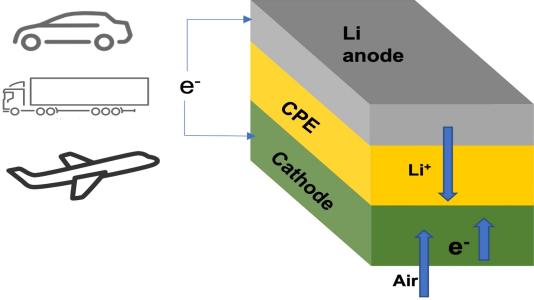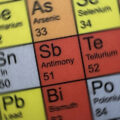Researchers at the Illinois Institute of Technology (IIT) and Argonne National Laboratory have developed a lithium-air battery which they claim could power a vehicle for over 1,000 miles.
The new battery design could also one day power domestic aircraft and long-haul trucks, they claim.
The main new component in this lithium-air battery is a solid electrolyte, which they said can potentially boost the energy density by as much as four times above lithium-ion batteries.
Larry Curtiss, an Argonne Distinguished Fellow, said: “For over a decade, scientists at Argonne and elsewhere have been working overtime to develop a lithium battery that makes use of the oxygen in air. The lithium-air battery has the highest projected energy density of any battery technology being considered for the next generation of batteries beyond lithium-ion.”
In past lithium-air designs, the lithium in a lithium metal anode moves through a liquid electrolyte. The team’s new solid electrolyte is composed of a ceramic polymer material made from relatively inexpensive elements in nanoparticle form. This new solid enables chemical reactions that produce lithium oxide (Li2O) on discharge.
Argonne chemist Rachid Amine said: “The chemical reaction for lithium superoxide or peroxide only involves one or two electrons stored per oxygen molecule, whereas that for lithium oxide involves four electrons.” More electrons stored means higher energy density.
The team employed techniques to establish that a four-electron reaction was actually taking place. One key technique was transmission electron microscopy (TEM) of the discharge products on the cathode surface.
This was carried out at Argonne’s Center for Nanoscale Materials. Argonne said past lithium-air test cells suffered from very short cycle lives. The team established that this shortcoming is not the case for their new battery design by building and operating a test cell for 1,000 cycles, demonstrating its stability over repeated charge and discharge.
“With further development, we expect our new design for the lithium-air battery to also reach a record energy density of 1200 watt-hours per kilogram,” said Curtiss. “That is nearly four times better than lithium-ion batteries.”
This research was published in a recent issue of Science.
Image: Lithium-air battery cell consisting of lithium metal anode, air-based cathode and solid ceramic polymer electrolyte. Image courtesy Argonne National Laboratory












